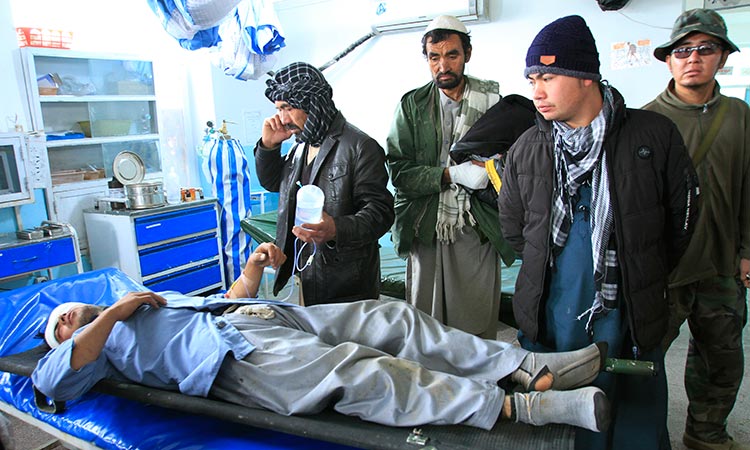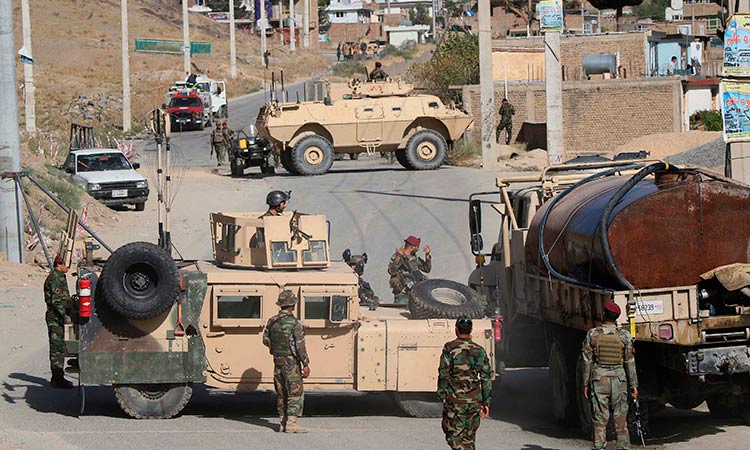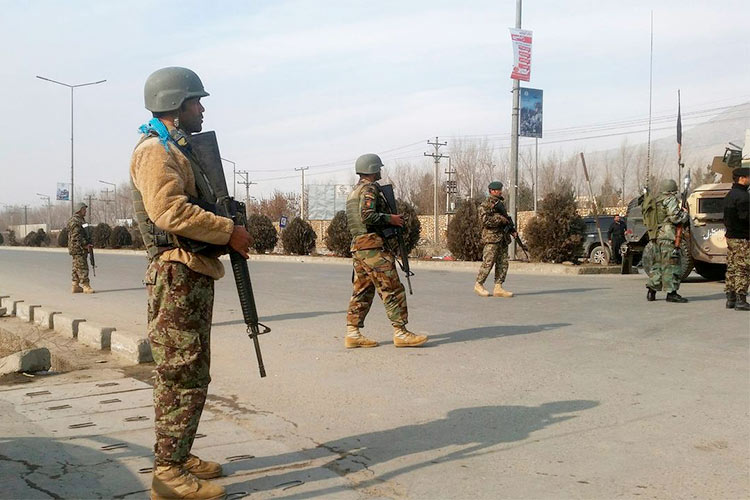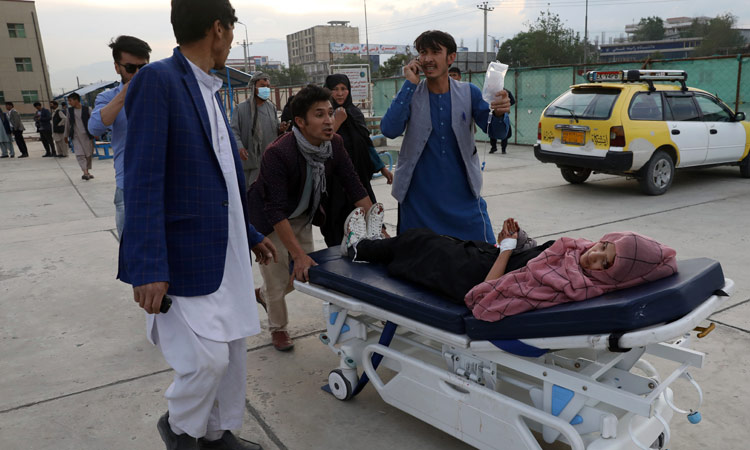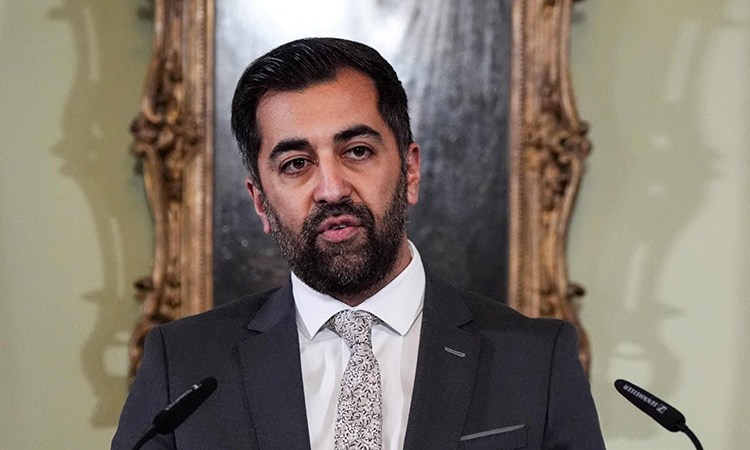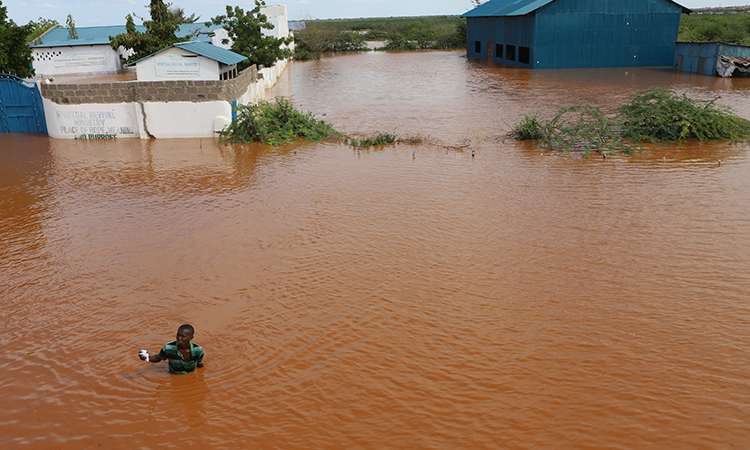What does the Taliban want in Afghanistan?
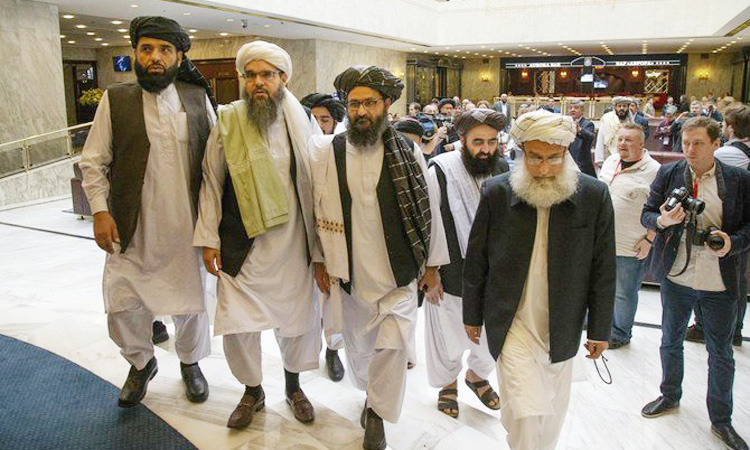
Afghanistan Taliban
The Taliban have now entered Kabul, after days of a series of stunning territorial advances across the country.
The resurgence of the ultra hardline organisation comes nearly 20 years after the US invasion of Afghanistan following the 9/11 attacks forced the Taliban out of power.
The US is now withdrawing US diplomats by helicopter, but the Taliban said on Sunday morning they are in talks with the Afghan government over a “peaceful surrender” of the capital.
How did the Taliban emerge?
The Taliban, which means “students” in the Pashto language, emerged in the early 1990s following the withdrawal of Soviet troops from Afghanistan, taking its name from its membership that largely consisted of students trained in traditional radical schools.
The militant group pledged to restore peace and security to the country by enforcing a strict version of Sharia law, when in power.
Through the early-to-mid-90s, they spread through most of Afghanistan and formed the totalitarian Islamic Emirate of Afghanistan in 1996 – the group controlled almost 90 per cent of the country by 1998.
How did they rule Afghanistan?
The Taliban were condemned internationally for bringing in a strict interpretation of Sharia that included punishments such as public executions for convicted murderers and amputations for people found guilty of theft.
Women were almost completely excluded from public life, such as employment and education, with girls aged 10 and over discouraged from going to school.
The militant group also banned television, music and cinema, and engaged in the destruction of non-Islamic relics – such as in 2001, when the Bamiyan Buddha statues in central Afghanistan were destroyed.
The Taliban was also strongly criticised for allowing Afghanistan to become a haven for militants, such as al-Qaeda leader Osama Bin Laden — an issue that led to the US invasion of Afghanistan to remove the extremist group from power.
What do they want now?
Following US president Joe Biden’s announcement in April 2021 that American forces would leave Afghanistan by 11 September, the Taliban began seizing large areas of the country and threatening the US-backed government in Kabul.
The militant group is estimated to have about 75,000 fighters, putting it in its strongest position in terms of numbers since 2001.
Suhail Shaheen, a spokesperson for the Taliban, told the Associated Press last month that there would not be peace in the country until a new government is formed and the current president, Ashraf Ghani, is removed.
He insisted that the Taliban were not seeking a “monopoly of power” in Afghanistan and suggested that under a regime that is acceptable to them, women would be allowed to work and go to school and foreign journalists would be safe.
However, some fear that the group will return to the repressive and authoritarian rule seen during the late 90s if they are able to take power.
What happened with the peace talks with the US in Doha?
Peace talks this week in Qatar saw envoys from the US, China and other states meet with Afghan government negotiators and Taliban representatives to call for an accelerated peace process in Afghanistan and an immediate halt to attacks on provincial capitals and cities.
A statement issued following the talks in Qatar’s capital, Doha, warned that foreign countries would not recognise any government in Afghanistan “imposed through the use of military force”.
It also urged both sides to take steps towards reaching a political settlement and a comprehensive ceasefire as quickly as possible.
On Saturday, Qatar urged the Taliban to pull back from their offensive in Afghanistan during a meeting between the Qatari foreign minister and a top representative from the militant group’s political bureau.
The Independent
